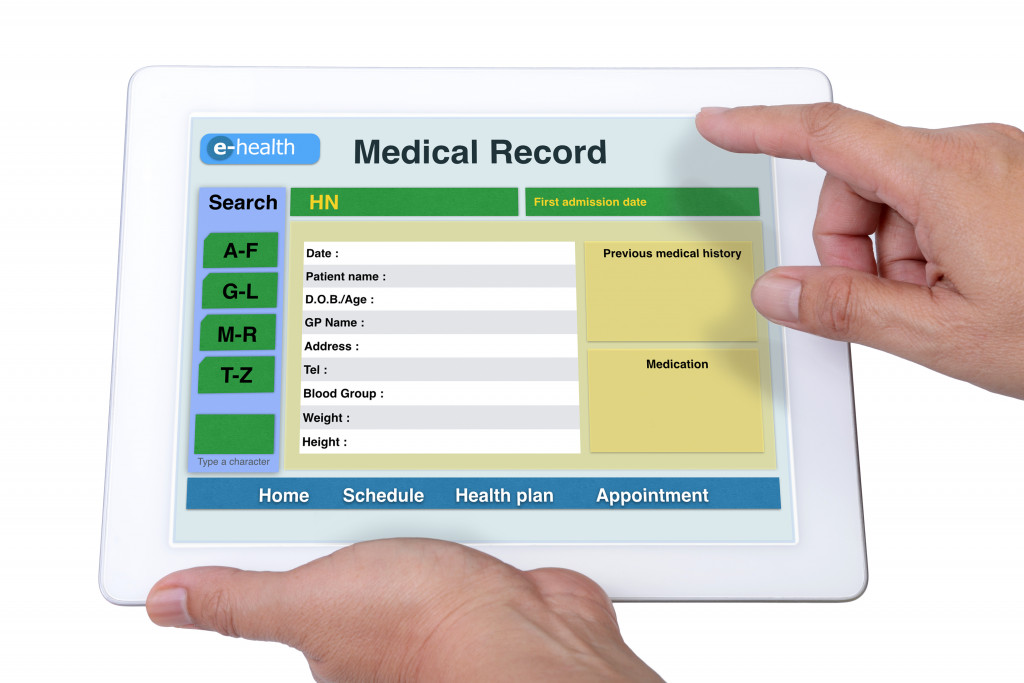- Healthcare providers face several challenges in providing high-quality care, such as recruiting and retaining qualified professionals.
- Healthcare providers can use class action mediation to manage cost pressures and comply with regulations.
- Modern digital solutions and technologies, such as cloud computing and AI, can improve accuracy and efficiency.
- Collaboration between healthcare providers is necessary to create integrated working environments.
As healthcare providers, you are responsible for providing the best quality care possible to those in need. Unfortunately, several challenges facing healthcare providers today can make this difficult. These challenges range from shifting patient needs and rising costs to technological advancements and increased competition. To stay competitive and continue providing the highest level of care, healthcare providers must be aware of and prepared to address these challenges. This guide will explore five common challenges facing healthcare providers today and provide strategies for successfully navigating them.
1. Recruiting, Retaining and Developing Qualified Healthcare Professionals
One of the biggest challenges faced by healthcare providers is finding and retaining qualified healthcare professionals. In many cases, there simply aren’t enough qualified candidates to fill all open positions. This can lead to staff shortages and reduced quality of care. To address this challenge, healthcare providers should focus on recruiting professionals from underserved areas, offering competitive compensation packages and creating programs to develop existing employees. Providers should also strive to create a workplace culture of inclusion and respect to retain their best staff members.
2. Ensuring Efficiency and Accuracy of Health Data Analysis and Record Keeping

Data analysis and record-keeping are essential to providing quality care in today’s competitive healthcare environment. However, it can be challenging for healthcare providers to ensure their data is accurate and up-to-date. To address this issue, providers should invest in technology solutions such as electronic health records (EHRs) that can improve data accuracy, streamline processes and automate tasks. These systems can also provide insights into patient trends and help providers create more effective care plans.
3. Managing Cost Pressures and Increasing Compliance with Regulations
Healthcare providers face significant cost pressures, including rising costs of treatments and staffing. At the same time, they must adhere to increasingly complex local, state, and federal regulations. Meeting both goals can be challenging. One way healthcare providers have begun to manage these challenges is by utilizing reliable class action mediation — a process in which representatives from the provider and the complainant come together to work out a solution acceptable to both parties. This mediation can help reduce costs while ensuring compliance with regulations, creating a win-win situation that benefits providers and patients.
4. Adopting Modern Technologies and Digital Solutions
The medical field is rapidly evolving, with new technology becoming available daily. While this offers exciting opportunities for healthcare providers, it also brings new challenges. Keeping up with the latest technology can be time-consuming and resource-intensive. The key to staying ahead of the curve is to invest in training for current staff members and select only those technology investments that provide the most excellent value for patients.
Here are some digital solutions healthcare providers can use:
Cloud Computing
Cloud computing is an essential part of digital transformation in healthcare, allowing providers to manage their data and access information quickly. Using a cloud platform, practitioners can store patient records securely, share necessary data with other medical professionals, and improve communication between team members. Additionally, cloud-based solutions allow for scalability and automation, enabling healthcare organizations to reduce costs and increase efficiency.
Electronic Health Records (EHR)
An electronic health record (EHR) is a digital version of a patient’s medical history, containing information such as demographics, vital signs, medications and treatment plans. EHRs allow healthcare providers to access comprehensive patient health data anytime, facilitating better diagnosis and treatment. Additionally, EHRs are securely stored in the cloud, meaning practitioners can access them remotely.
Telemedicine

Telemedicine is an increasingly popular way of delivering healthcare services remotely. Healthcare providers can connect with their patients via telemedicine, providing diagnosis and treatment advice. By reducing the need for in-person visits, telemedicine helps to improve patient convenience while simultaneously providing a cost-effective solution.
Artificial Intelligence (AI)
AI is being used more and more in all areas of healthcare, from diagnosis and treatment to administrative tasks. Through AI, healthcare providers can improve accuracy in diagnosis and prognosis and automate mundane processes such as claims processing and patient scheduling. By using AI-driven solutions, practitioners can reduce costs while increasing efficiency and improving the quality of care.
5. Creating Integrated Working Environments Across Health Providers
Finally, healthcare providers must learn to work together to create integrated working environments. This means that providers must find ways to share data quickly and securely while coordinating with each other on patient care protocols. Through collaboration and communication, healthcare providers can create an environment of trust essential for providing the highest quality care.
Closing Thoughts
The challenges facing healthcare providers today are varied and ever-changing. By proactively tackling these issues, healthcare providers can ensure they are well-positioned to provide quality patient care. From addressing staffing shortages and budget constraints to staying up-to-date on the latest technology and engaging with patients, healthcare providers have the power to overcome these challenges and create a better future for themselves and their patients.

